One of the most common forms of physical activity practised all over the globe is yoga, and its practitioners are known to be very devoted to the practice.
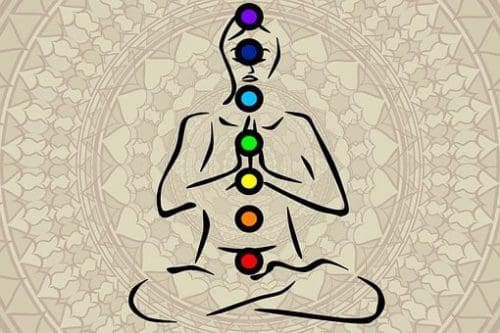
You may expect improvements in your strength, flexibility, and balance if you practise yogic exercises consistently, and the discipline’s advantages have been well-documented.
In addition to helping you let go of tension, calming your racing thoughts, and loosening you up, yoga is a way of life and offers new perspectives of being in harmony with nature, our mind, body and soul. It is a most important aspect of wellness that we seek.
What is Yoga
Ayush, Government of India refers to Yoga as essentially a spiritual discipline based on an extremely subtle science, which focuses on bringing harmony between mind and body.
It goes on to explain that Yoga is an art and science of healthy living. The word ‘Yoga’ is derived from the Sanskrit root ‘Yuj’, meaning ‘to join’ or ‘to yoke’ or ‘to unite’. One who experiences this oneness of existence is said to be in yog, and is termed as a yogi, having attained to a state of freedom referred to as mukti, nirvana or moksha.
In an interesting study for Ayush, Government of India on Yoga: Its Origin, History and Development Dr. Ishwar V. Basavaraddi (Director, MDNIY) explains what is Yoga and its practices.
The Ayush study explains that Yoga works on the level of one’s body, mind, emotion and energy. This has given rise to four broad classifications: karma yoga, where we utilize the body; bhakti yoga, where we utilize the emotions; gyana yoga, where we utilize the mind and intelect; and kriya yoga, where we utilize the energy. Each system we practice would fall within the gamut of one or more of these categories.
Benefits of Yoga
In a study prepared by the editors of Harvard Health Publishing in consultation with medical experts it reported that Yoga is more than just a workout—it’s actually a combination of four components: postures, breathing practices, deep relaxation, and meditation that can transform your health on many different levels.
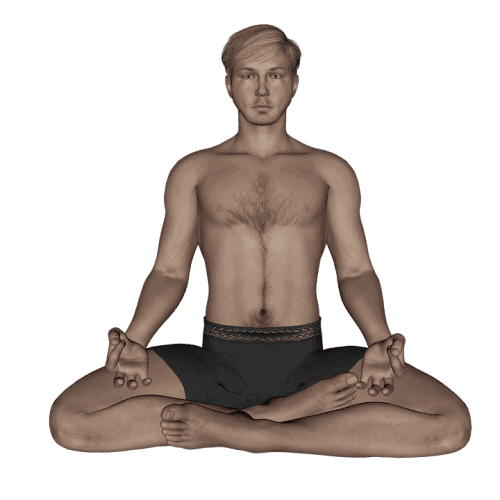
In this fascinating new report, the highlights are benefits of Yoga:
- 3 ways it can help alleviate arthritis pain
- The techniques that help improve balance, flexibility, strength, and coordination
- How it can help reduce your risk of heart disease
- Why it may be the perfect way to relieve migraines and fight osteoporosis, multiple sclerosis, IBS, or fibromyalgia
- A study that shows how it increased blood vessel flexibility 69% and even helped shrink arterial blockages without medications!
- Why pain specialists are urging doctors to prescribe it for lower back pain
- 4 frightening ways stress harms your body and how it can help undo the harmful effects
The Harvard Health research shows that up to 90% of doctor visits are linked to stress-related problems? That’s why yoga is such a perfect remedy. It’s the one tool that simultaneously releases stress while improving strength, balance, flexibility, and overall health. It works across multiple systems in your body at one time. The study points out other interesting benefits of Yogic systems:
- Rev up your immunity by raising levels of natural, disease-fighting antioxidants in your body
- Activate areas of the brain that increase joy and diminish emotions linked to stress
- Switch on genes that promote health (in as little as 8 weeks even if you’re a beginner)
- Decrease the need for diabetes medications by as much as 40%
- Reduce depression, anxiety, and stress and increase energy levels
- Lower your risk for falling and may even help you re gain your balance if you stumble
- Meditation component may even help to delay the onset of Alzheimer’s disease and fight age-related declines in memory.
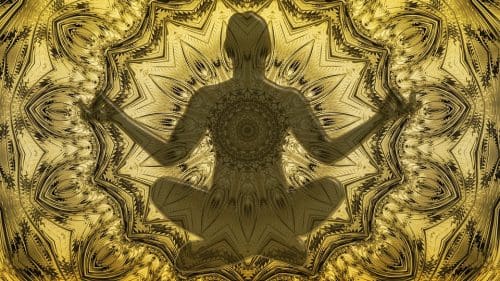
Different practices of Yoga
According to a well-researched study for Ayush, Government of India, “The widely practiced Yoga Sadhanas (Practices) are: Yama, Niyama, Asana, Pranayama, Pratyahara, Dharana, Dhyana (Meditation), Samadhi /Samyama, Bandhas & Mudras, Shat-karmas, Yukta-ahara, Yukta karma, Mantra japa, etc.
The study reveals: “Yoga works on the level of one’s body, mind, emotion and energy. This has given rise to four broad classifications of : karma yoga, where we utilize the body; bhakti yoga, where we utilize the emotions; gyana yoga, where we utilize the mind and intelect; and kriya yoga, where we utilize the energy. Each system we practice would fall within the gamut of one or more of these categories.”
There are several popular systems of Yogic practices and culture
Students follow one or the other practice to heal and absorb the many benefits it offers. These include:
Ashtanga Yoga
The practice of Ashtanga entails the sequential performance of six different series of positions. When a student has shown that they have reached the previous level of skill, the teacher will “present” the next pose or series to them.
Vinyasa yoga
There are a few other names for vinyasa, including “flow ” and “vinyasa flow.” It is a style that is quite widespread. A few decades ago, it was modified from the highly structured Ashtanga practice that was done at the time. “Vinyasa” means “put in a certain way” in English, but when it comes to yogic systems, it is usually understood to mean “combining breath with movement.”
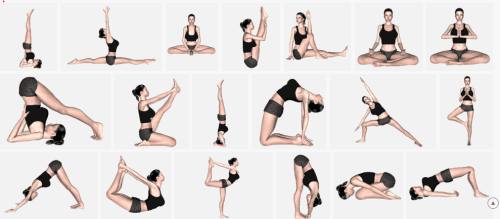
Kundalini Yoga
In the late 1960s, spiritual leader Yogi Bhajan introduced this particular kind of yogic system to the Western world. The term “life force energy” translates to “Kundalini” in Sanskrit, which refers to the energy that is believed to be firmly wrapped at the base of the spine. These exercise sequences have been carefully put together to release this energy and reduce stress and negative thoughts at the same time.
Bikram Yoga
Bikram Choudhury is the person responsible for the development of this yogic system. It is a kind of hot yogic system. These lessons, much like Ashtanga classes, consist of a predetermined sequence of poses that must be executed in the same order every time, and the practice adheres to several stringent restrictions. Each session lasts for ninety minutes and consists of twenty-six different postures as well as two different breathing exercises. Furthermore, the room temperature must be 105 degrees Fahrenheit with a humidity of 40%.
Hatha Yoga
The Sanskrit terms for “sun” and “moon” are where the term “Hatha yoga” originates from. This kind of yogic practice is intended to bring harmony to conflicting elements. Power and flexibility, physical and mental energy, or the breath and the body may all contribute to the balance sought in this practice.
Yin Yoga
Yin is a more meditative and slow-paced in which positions are held for up to five minutes or more, starting at one minute. It is a kind of yogic system that has its origins in meditation as well as in martial arts, and its purpose is to promote flexibility and circulation in the joints. It also has roots in the martial arts. The hips, the lower back, and the thighs are the primary areas of concentration throughout the practice.
Iyengar Yoga
In honour of its creator, B.K.S. Iyengar, who created an alignment-based classical technique in India, this practice is known for how much it uses props and how hard its teachers have to work to learn how to teach it.
Power Yoga
Power yoga, much like vinyasa, may trace its origins back to Ashtanga, although it is less structured and more open to different instructors’ interpretations than vinyasa is. When compared to other types of yogic practices, this system is often more physically demanding and performed at a faster pace.
Aerial Yoga
Aerial yoga, also known as anti-gravity yogic system, is still relatively new but is rapidly gaining popularity. The support of a sturdy, silky hammock that is suspended from the ceiling is included in the basic yogic positions that are performed. You may use the hammock as a support prop for postures like the pigeon or the downward dog, and it also makes it easier for you to accomplish inverted poses.
Sivananda Yoga
Sivananda is a kind of hatha yogic system that is built on the teachings of Swami Sivananda, who was a spiritual teacher in the Hindu tradition. In general, lessons are quite peaceful. However, whereas most yogic sessions conclude with savasana, Sivananda classes begin with this pose. After that, students go on to breathing techniques, sun salutations, and finally the 12 fundamental asanas or yoga postures.
Rishikesh as “World Capital of Yoga.”
Rishikesh is the most popular location in the world for those interested in learning about and practicing yogic systems. It is considered to be one of the holiest destinations in India and is hence referred to as the pilgrimage town. Since ancient times, sages and saints have travelled to Rishikesh to meditate in the hopes of gaining access to greater knowledge.
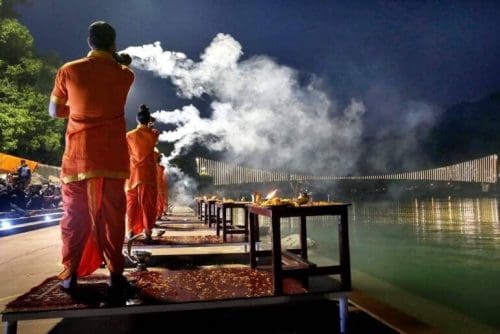
There are a number of ashrams and yogic centres that have gained worldwide recognition in this area. Rishikesh is home to several important ashrams right now, the most notable of which being the Parmarth Niketan, which will serve as the venue for the International Yoga Day celebrations this year.
Traditionally, ashrams in Rishikesh have been renowned for their austere living conditions and practises, which are said to be beneficial for yogic practitioners. However, there are now multiple ashrams in the area that also offer the possibility of luxury stays.
The increasing significance and knowledge of yogic systems, on the other hand, has meant that the age-old art has gained priority over meditation and that it now draws a huge number of non-locals and locals interested in studying yogic practices directly from its origin.
Since Rishikesh is located in such a remote area, it does not have many of the usual services that are found in other cities. This makes it an ideal place to practise the yogic way of life, which emphasises isolating oneself from the outside world to focus on the spiritual.
Even outside of the ashrams, you may find people practising yogic systems and meditation all across Rishikesh. Every nook and cranny of Rishikesh may serve as a fantastic improvised studios because of the lovely twisting streams that flow into the Ganges from other areas and the spectacular natural splendour.
Read More: Latest



